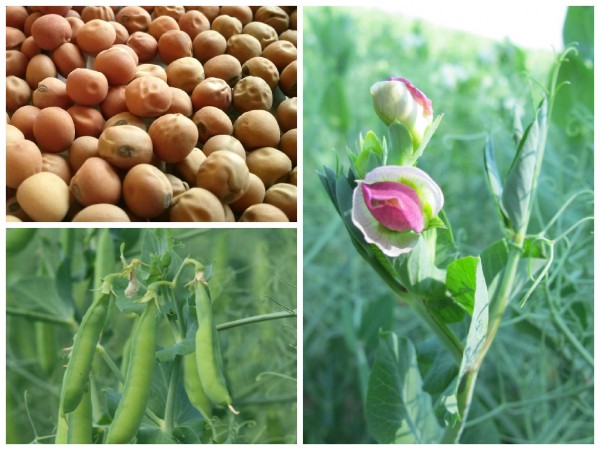FIELD PEA
The pea plays a crucial role among leguminous plants, both for human consumption, as we well as forage. It can be cultivated for seed, or harvested as green feed. All leguminous seed, including peas contain a large proportion of proteins - circa 23-25% of dry mass – which are characterized by a very favorable amino-acids composition (high lysine content).
There are two major groups of varieties distinguished within the species. The first group consists of varieties with higher soil requirements, which are grown mainly for seed, used either as a feed component for livestock, or for human consumption (edible peas). This group is dominated by varieties with tendrils, forming a denser stand. The second group consists of varieties with lower soil requirements, commonly known as field peas, which can be sown on very good rye complexes, or weak ones, for cereal-fodder. The harvested seed is used as a feed component for livestock. Field pea varieties are successfully used in mixtures with other legumes and cereals (most commonly with spring cereals: barley and oat).
Pea also plays a very important role in crop rotation, as an interval between successive cereal crops. It is a phytosanitary plant. Its short vegetation period makes it a very good fore crop to winter rape, barley and wheat. A pea stand leaves the soil rich in organic residues, complementing its mineral composition and adding ca. 30-50kg of pure nitrogen per ha.
Please have a look at the descriptions of individual varieties.







